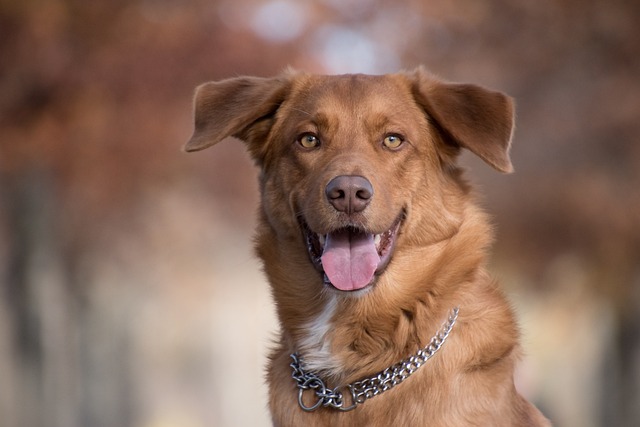
What is the leading cause of death in large dog breeds?
When you share your home with a large dog—whether it’s a gentle Great Dane, a playful Labrador, or a loyal German Shepherd—you quickly learn to cherish every moment.
You know that feeling when you step outside on a scorching summer day and instantly regret it? Dogs experience that too, but with one crucial difference – they can't tell us when they're overheating until it's almost too late. Unlike humans who sweat to cool down, dogs primarily regulate their body temperature through panting, making them far more vulnerable to heatstroke. That subtle shift in your golden retriever's breathing pattern during your afternoon walk? It might be the first whisper of danger.
Most pet owners recognize the classic signs – excessive panting that sounds like a steam engine, thick ropes of drool hanging from jowls, or a dog that suddenly plops down mid-walk refusing to move. But here's what often gets missed: that slightly unfocused look in their eyes when they turn their head, or how they're suddenly sniffing the ground more intensely like they've lost their bearings. These subtle behavioral changes happen long before the obvious symptoms appear, and catching them early could save your dog's life.
Watch for the little things – is your normally social pup avoiding petting? Does their tongue seem wider and flatter than usual during panting? Those are the body's early warning flares. Their gums tell a story too; run your finger along them – if they feel tacky instead of slick, or if the pink color seems faded, your dog's circulatory system is already working overtime. I've seen too many cases where owners noticed the trembling only after their dog collapsed, not realizing the slight shiver during fetch was the real red flag.
Prevention starts with understanding your dog's personal limits – that pug snoring on your couch handles heat very differently than your neighbor's border collie. Hydration isn't just about water bowls; try freezing low-sodium broth cubes or wetting their paws with cool (not cold) water before walks. If you suspect overheating, skip the ice bath myth – gradual cooling with room-temperature towels on their groin and armpits works better. And remember, that "quick errand" with your dog in the car? On an 85°F day, your vehicle interior hits 104°F in 10 minutes – always err on the side of caution.
When in doubt, call your vet immediately if you notice any neurological signs – stumbling like they're drunk, glazed eyes, or vomiting. The scary truth? Many dogs show dramatic improvement after initial cooling, only to crash hours later from internal damage. Your vet will want to monitor their kidney values and clotting factors, even if Fido seems back to normal. It's not being paranoid – it's being proactive for that wagging tail you love so much.

When you share your home with a large dog—whether it’s a gentle Great Dane, a playful Labrador, or a loyal German Shepherd—you quickly learn to cherish every moment.

If you’ve ever caught a whiff of your dog’s breath during a snuggle session and winced, you’ve probably considered dental treats as a quick fix. New dog owners

If you've ever seen your energetic pup looking listless, with dry gums and sunken eyes, you might be dealing with a dehydrated dog. For new dog owners in the US

Can I feed my dog homemade dog food every day? It’s a question many new dog owners in the US ponder, especially after watching their pup turn up their nose at kibble.

Watching your pup struggle to jump on the couch or slow down during walks can break your heart, especially when you know arthritis might be the culprit.

Teddy dogs are like little balls of joy, trotting around our homes and stealing our hearts with every wag of their tails. But just like us, these adorable pups can experience tummy troubles.